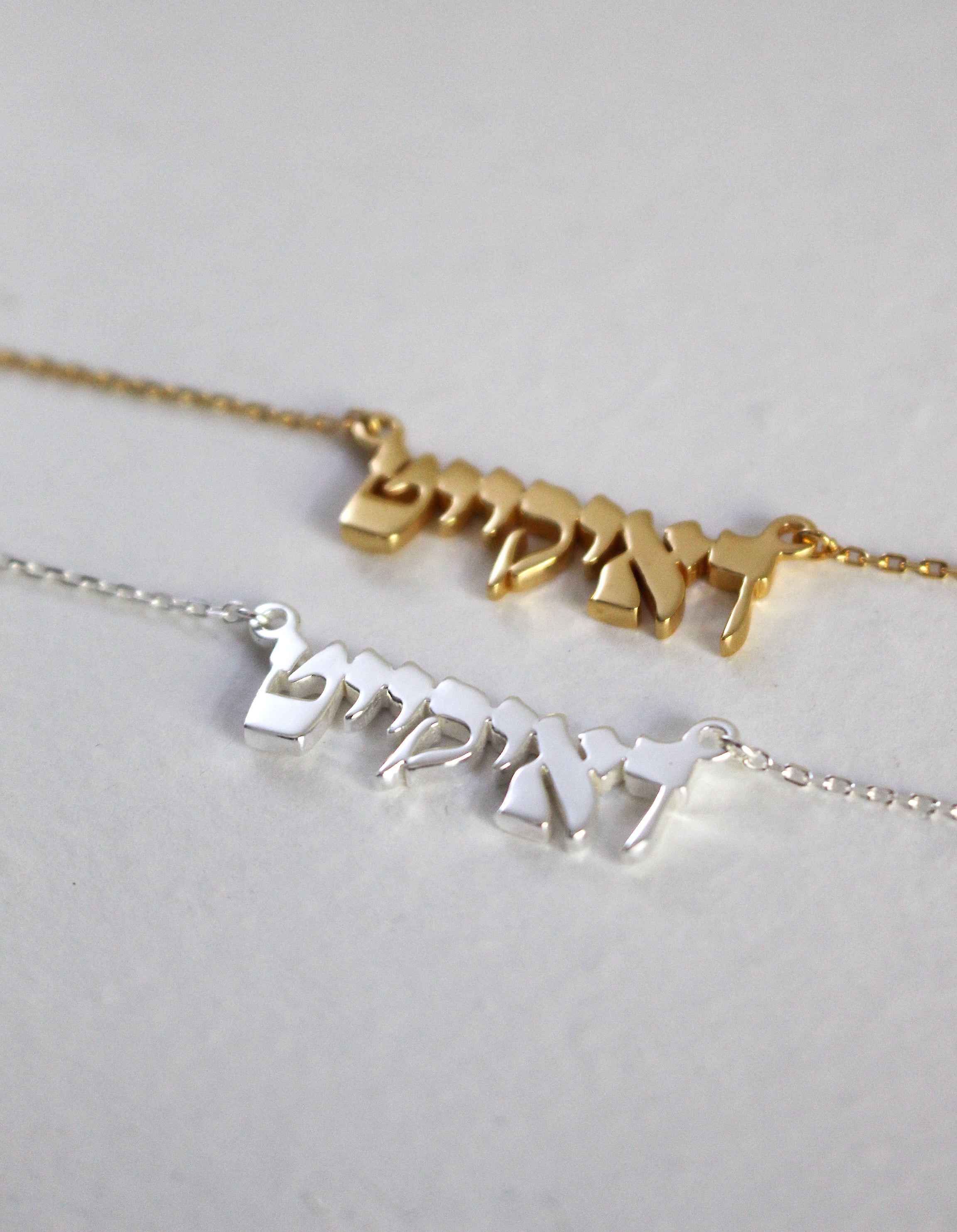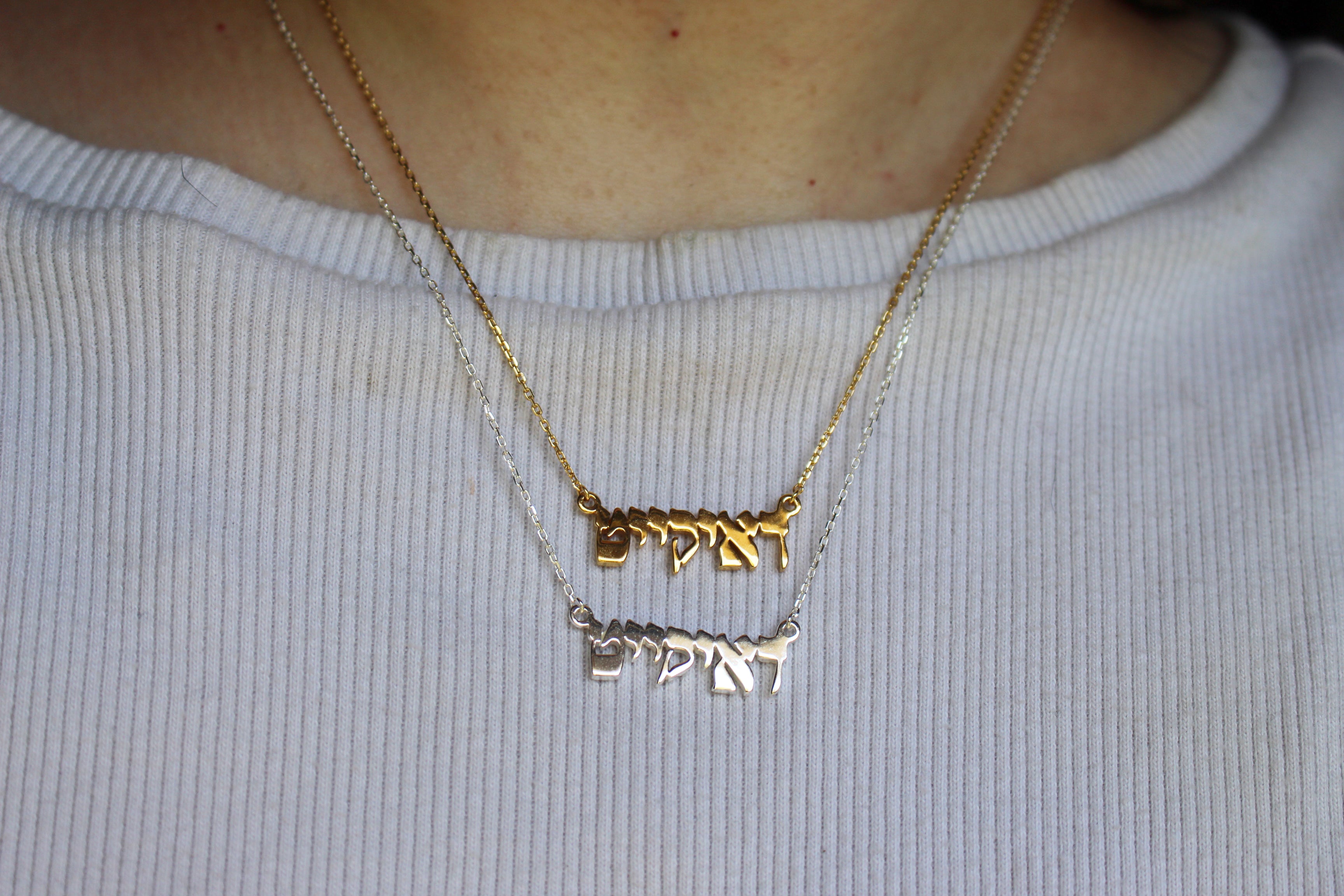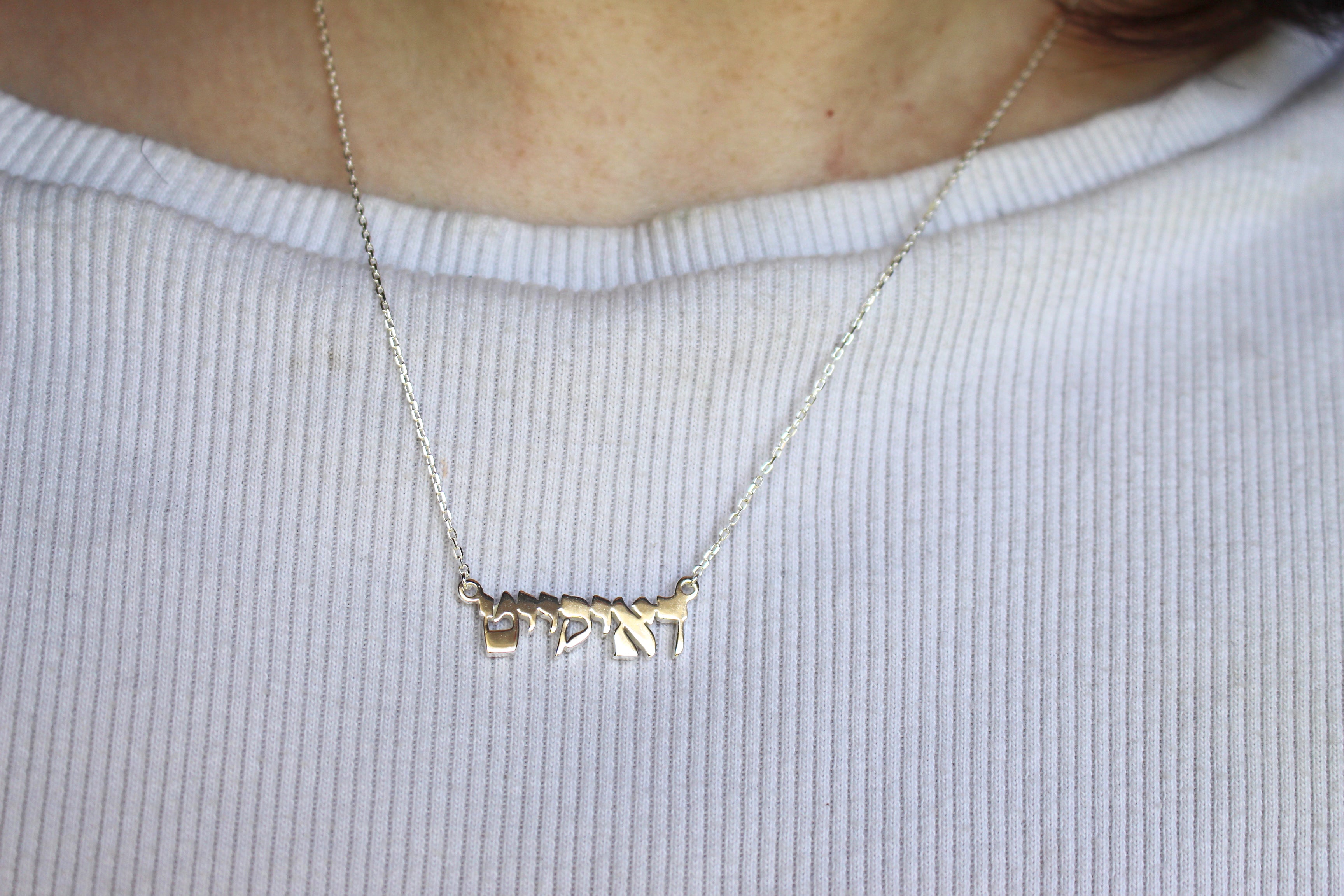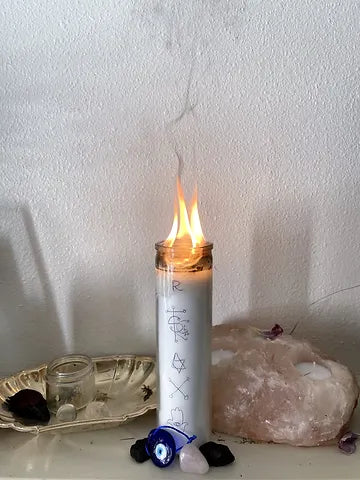According to Rabbi Geoffrey W. Dennis, candles are a symbol of the human soul...They accompany Jews from birth to death and beyond.
For many Jews, candles are a constant staple in life. From Shabbat to Channukah, they are staples in our homes and in our practices. Growing up, I joked that it never mattered if there was a power outage because my home housed at least four hundred candles at all times. My family would go to our local Ikea and come out with three of their signature blue bags, each loaded with hundreds of tea lights and pillar candles that would be burned to nothing within mere weeks.
While yes, candles do serve functional and aesthetic purposes (also, as a maker of scented candles, I do love how they make my home smell incredible), the true purpose of candles within Judaism is different.
As I've said, in Judaism, it is believed that candles represent the human soul. There are, of course, other belief systems surrounding candles, as they are an important aspect of many cultural and religious practices, but today will be a primer solely on Jewish practices and beliefs.
Not only do candles represent the human soul, according to Proverbs 20:27, "The lifebreath of man is the lamp of the Soveriegn, Revealing all their inmost parts."
Fire and light are commonly acknowledged as powerful within the Torah, but it is in our action that we take that power into our own hands. At Shabbat, it is customary for at least two candles to be lit as we invite in the Divine presence, Shekhinah, of Shabbat. While it is a tradition for women to light candles, it is an honor that can be taken up by any person.
Shabbat candles, which can also be oil and wick, are lit at sunset and not to be touched until they extinguish themselves at least thirty minutes after the setting of the sun. Once we light the candles, it is customary in many communities to wave the light towards oneself three times and then covering one's eyes before the recitation of the prayer. This invites in the divine light of the candles, but also the Divine light of the presence of Shekhina, which we just invited. There are variations of beliefs here that differ from community to community.
The actual type of candle used during Shabbat varies. Popular types include oil and wick, short and stout candles in glass holders, small tapers, tea lights, and tall tapers. In truth, according to Rabbi Naftali Silberberg, all modern candles are kosher for Shabbat as they all emit a stable flame--citing that previous prohibitions were regarding the way the candle burned. Once the candle is lit, moving and adjusting it is prohibited (2). As far as choosing the candles, keep in mind that, 'Ideally, one should use candles that will stay lit until after the Shabbos meal (Kitzur Shulchan Aruch 75:2). At a minimum, one candle must burn until it is dark, so that one can derive some benefit from the candle (Mishnah Berurah 263:41)" (3). For someone who cannot watch their candles burn, using birthday or Shabbat candles can work in a pinch.
Also important is the number of candles lit. For some, two is enough, while others choose to light one for each child. Many communities encourage children, particularly daughters, to light a candle of their own as well. Other customs include lighting a candle for each member of the family, as well as for specific people, places, and intentions. For example, one might light a candle with the hope of peace, or another with the intention of sending Divine light to a friend in need. In some communities, there is a superstition that for every missed candle lighting, one more candle must be added forever. There are also some communities that believe you may never light fewer candles than the previous Shabbat.
Just as Shabbat is begun with the lighting of candles, so is it ended. During the closing ceremony of Havdallah, another candle is lit. Havdallah candles can be of many designs, from simple to incredibly intricate. The importance is in the multiplicity of the wicks, each shedding its own light. Some people use two candles or matches the pushed together in a pinch. For a bit of information regarding divination using the Havdallah candle, click here.
On many Chaggim (holidays), it is customary to begin with the lighting of candles. In Horayot 12a, it is said that a person can use candle divination on Yom Kippur to find out if they will survive the year. If the candle burns through all of its fuel, the person will survive. If it dies out before the wax is consumed, they will not survive the year. Should this person perform Teshuvah and light a candle that burns all the way through, the person shall survive.
This practice caused much upheaval and it became customary to have all the candles lit in the synagogue, cared for by an impartial attendant so that people could not see if their candle burned out and panic.
Yom Kippur candles have an even deeper history. Ashkenazi Jews, particularly those of Eastern Europe, would take part in the practice of soul candles, or ner neshama. Feldmesterins, or cemetery measurers, who were typically older women within the community, would walk through the Jewish cemetery blessing thread as it is wound. Very often it would be done in groups or pairs, with one winding the thread as the other held the ball. Once the ritual of grave measuring (Keyvermestn) was complete, the blessed thread is turned into candles--known as Kneytlekhleygn or "wick laying". For a full deep dive into this practice, check out Vashtimedia's article here.
These candles were lit for Yom Kippur, but also for healing the sick and mourning the dead.

The Yahrzeit, or Yizkor, candle is a memorial candle. Yahr (meaning year) and Zeit (meaning time), candles are lit on the anniversary of a death or on major holidays. These candles burn for 26 hours and honor those who we have lost.
While what I have listed are traditional practices found within most Jewish communities, each community and family fosters its own traditions regarding flames. Because of how they reflect the soul, candles are often lit with intention: happiness, joy, protection, safety, healing, love, etc. Lighting a candle, often after reciting a blessing, allows a person to focus their intention. Many will inscribe the candles with sigils of angels, protective imagery (Ayin Hara, hamsa, Magen David, fish, etc), as well as anoint the candle with corresponding herbs, which can burn as the candle does.
These candles, when lit with intention, are meant to bring energy specific to a situation, just as the Shabbat candles welcome in the Shekhinah. Candles may be supplementary or merely used as a measuring stick for how work is going in another aspect of a person's practice.
Analyzing the candle as it burns brings insight into what it burns for. Does it burn itself out? Fold in on itself? Is there smoke? Does the candle drip? Do the drips create strange shapes? The interpretation is in the eye of the beholder.
Sources:
3. https://oukosher.org/halacha-yomis/long-must-shabbos-candles-burn/#:~:text=Ideally%2C%20one%20should%20use%20candles,Mishnah%20Berurah%20263%3A41).






